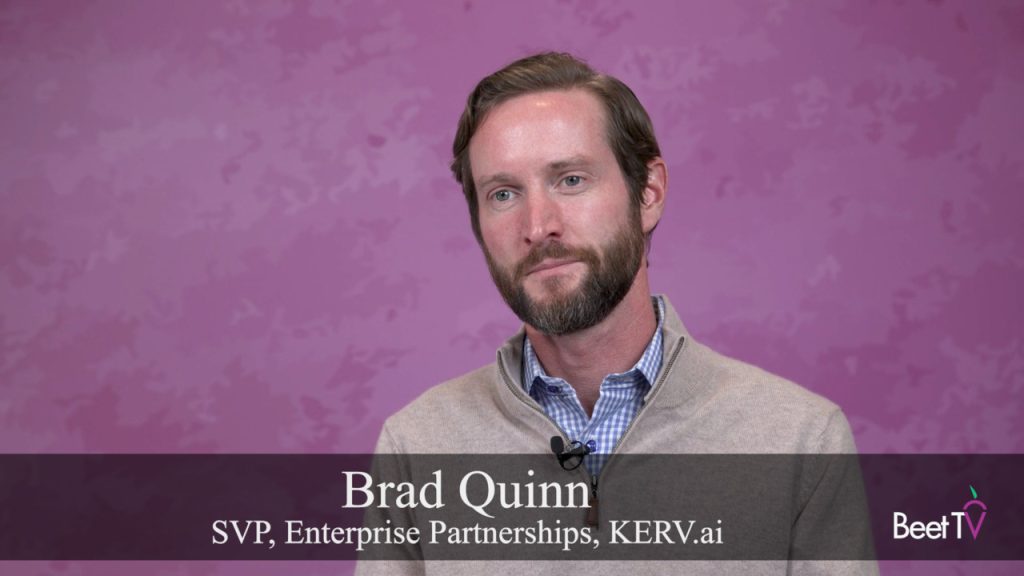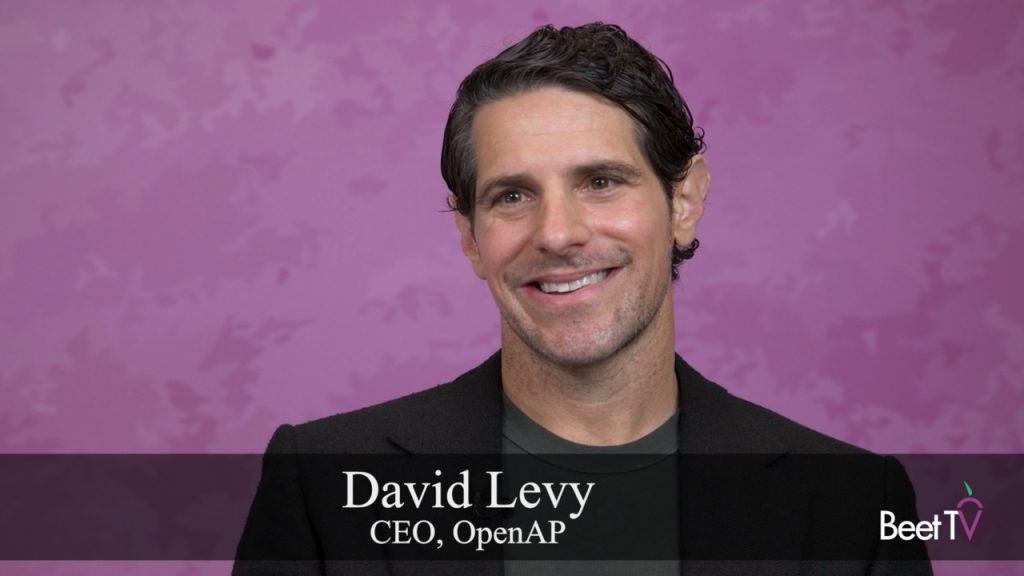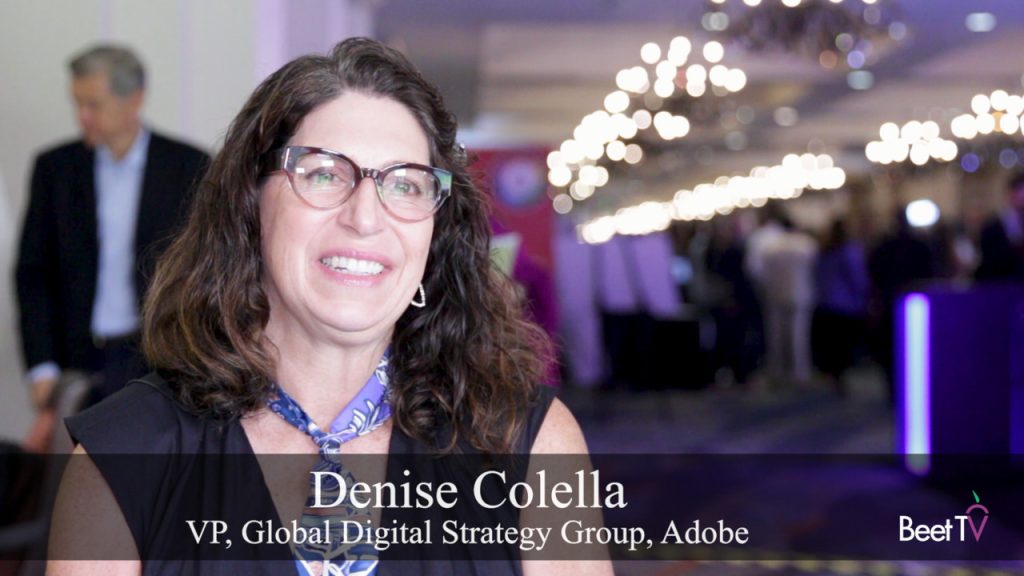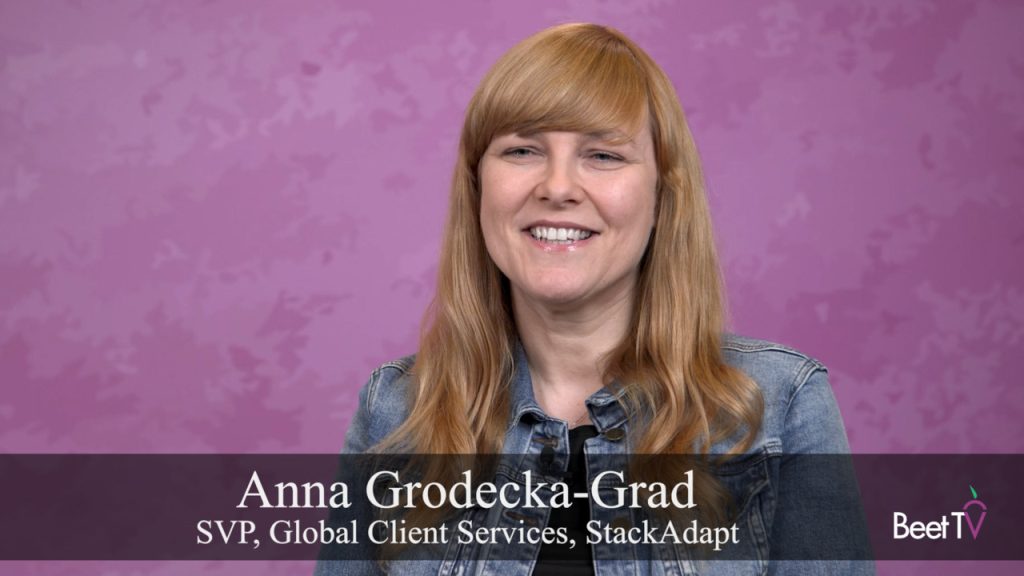In the space left by the erosion of digital audience identifiers, brands in 2020 realized they needed to pivot to using first-party data, that which they hold on customers and prospects.
But, whilst they understand the principle behind using their customer database in ad targeting, it’s not so straightforward.
In this video interview with Beet.TV, Sargi Mann, Havas Media EVP and head of digital investments, describes how retail brands can activate that, and other, data.
First-party first base
“Not everybody is sitting on treasure troves of first-party data when it comes to having either a phone ID, or a really good quality validated email ID as part of their data set,” Mann acknowledges.
“So, first and foremost it’s about identifying what is first-party data that can be utilised.
“And that’s not just the CRM database. It’s about how many owned assets do we have out there, right? What is the role that our websites, our apps, our communications play? Because that all is first-party data from a definition standpoint.”
The deprecation dance
Google plans to sunset third-party cookies, which help marketers swap parts of users’ profiles, by 2022. Apple has turned location tracking and its IDFA opt-in by default. Those moves follow GDPR and CCPA.
So brands and publishers alike are having to pivot to gaining first-party data on audiences.
Large retail brands appear to be in a better position, with large customer databases.
But it’s not as simple as just tapping into them, Mann suggests.
Do the data pivot
In fact, she says, when it comes to activating first-party data, there is a world of difference between data volume and data usefulness.
“It’s not about, ‘Yes, I have 10 million email IDs in my data set, and by the way, 9 million of them have never even shopped with me for the last like a year or so’,” she says.
“It’s about how actionable is that data set? How addressable is it? And also what is going to be the heavy lift from creative custom environment, content development standpoint?
“How easy it is for the client to execute it versus how difficult it is going to be to execute it?”
People before channels
The new emphasis on using first-party data to drive marketing campaigns is going to make ad campaigns more about the people at the end of the channel than the channel itself, Mann suggests.
“It’s going to start with an Excel sheet, right?,” she says. “It’s not going to be just about creating that 30-second or that 60- or 75-second spot, and surrounded with other channels
“It’s all about getting down to the table and saying the audience, the assets, the timelines, the production, the breakdown between the heavy lift between working and non-working partners.”
You are watching “First Party Data: Driving Media Investment and Accountability,” a Beet.TV leadership video series presented by Target’s Roundel For more videos, please visit this page. The views shared on this series do not necessarily reflect the opinion of Target and Roundel.







































